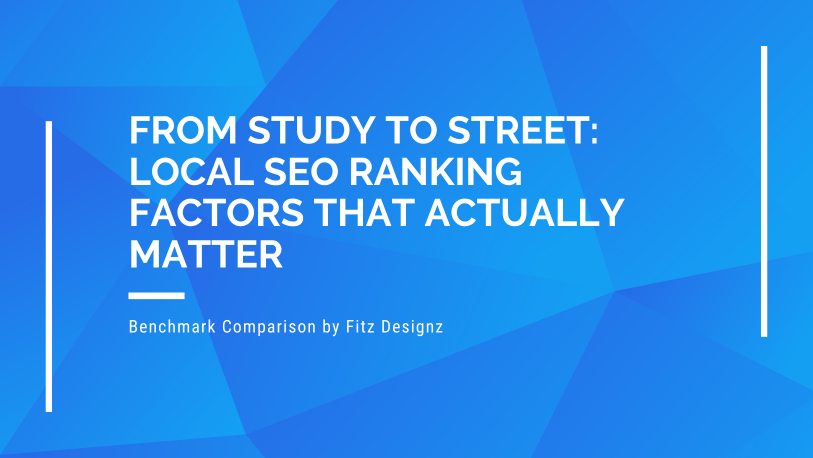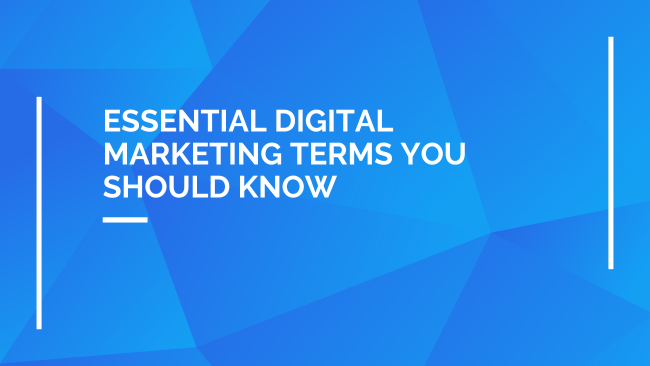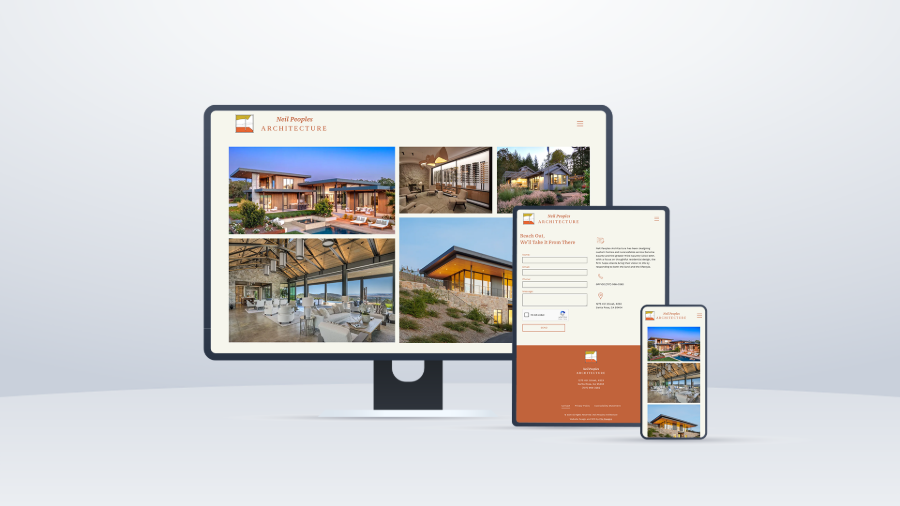From SEO to GEO: The Next Wave in Digital Marketing
Discover how integrating Generative Engine Optimization (GEO) with Search Engine Optimization (SEO) can enhance your digital strategy, boost visibility, and engage local audiences effectively.
Introduction to Integrating GEO and SEO
The fusion of GEO with traditional SEO is becoming crucial for businesses aiming to amplify their online visibility. This integration allows companies to enhance their visibility and connect better with local audiences by leveraging both AI-powered search and conventional search engine tactics. In a digital world that’s evolving rapidly, those who successfully align these approaches will gain a competitive edge.
By combining GEO and SEO, brands can refine their audience targeting and content strategy, enabling them to respond more effectively to consumer behavior. Consider a local bakery optimizing for both platforms—it's better positioned to attract foot traffic and online orders.
This integration is essential as AI continues reshaping how users interact with content online. Businesses that adapt will offer more robust digital strategies, better meeting the expectations of modern users.
Understanding SEO and GEO
What is SEO?
SEO focuses on improving a website’s visibility through keyword targeting, optimized content, and link building. Key areas include technical SEO, on-page strategies, and backlinks. For example, a local coffee shop optimizing for “best coffee in [city name]” can gain higher foot traffic and search relevance.
Local SEO helps connect businesses with nearby consumers, using tools like Google My Business, reviews, and localized content. Whether it's a repair shop targeting city-specific issues or a boutique tailoring its message for regional customers, local SEO plays a powerful role in real-world growth.
What is GEO?
GEO focuses on optimizing content for AI-driven platforms like Google’s AI Overviews and ChatGPT. It enhances visibility in AI-generated responses by addressing context and user intent. For instance, a travel agency crafting content that answers popular travel questions can gain more traction with AI users.
With AI adoption rising, businesses must tailor content to appeal to machine learning algorithms—not just search engines. Companies embracing GEO increase relevance, improve discoverability, and establish themselves as trusted voices in a shifting digital ecosystem.
Benefits of Integrating GEO and SEO
Merging GEO and SEO enhances discoverability across traditional and AI-powered platforms. Research suggests most clicks go to the top few results, so visibility across both fronts boosts overall engagement.
This synergy also helps businesses deliver personalized experiences, improving customer loyalty and driving conversions. A local fitness center using both strategies can craft hyper-targeted campaigns that connect with users looking for wellness services in their area.
Moreover, this approach elevates brand reputation and fosters meaningful partnerships. Becoming a visible authority in local and AI-driven searches can lead to sustained business growth.
Strategies for GEO and SEO Integration
Research User Intent
Start by understanding what users are searching for. Tools like AnswerThePublic or analyzing AI-generated queries can help businesses tailor content to user motivations. A restaurant might optimize content for “vegan brunch near me” based on common search trends.
By focusing on intent, companies can deliver more engaging, conversion-friendly experiences—like custom landing pages that address specific needs.
Optimize for AI Readability
Clear structure and simplicity are essential for AI. Use headings, concise text, and bullet points to improve content comprehension. Structured data like schema markup boosts visibility in AI responses.
For example, a local restaurant can mark up its menu and hours to help AI tools surface it accurately. Keeping content updated also supports higher rankings and user retention.
Creating Geo-Specific Content
Content tailored to specific communities drives deeper local engagement. Mentioning landmarks, local events, or customer testimonials can connect businesses to their audience. For instance, a clothing store writing about seasonal fashion trends in a specific city can draw in nearby shoppers.
Localized content not only ranks better but also builds trust—positioning businesses as part of the community.
Tools for Measuring Effectiveness
Google Analytics, heatmaps, and tools like Fitz Designz SEO insights provide essential performance data. Metrics such as keyword rankings, AI citations, and organic traffic indicate how well strategies are working.
Social media and AI engagement analytics offer further insights into content resonance. Businesses can use this data to refine and evolve their tactics.
Best Practices for Local SEO
Accurate Google My Business listings, proactive review management, and localized keyword use are vital for local SEO. Engaging in community events or partnering with influencers also boosts local authority.
For instance, a bookstore collaborating with a café for an author event gains exposure and community relevance—key drivers of localized search success.
Case Studies of Successful Integration
Real-world examples bring the strategy to life. A fitness center that implemented integrated strategies saw a 40% increase in local visibility within six months. Meanwhile, a retail store that neglected updates lost foot traffic—highlighting the importance of continual optimization.
Learning from both successes and missteps enables businesses to avoid pitfalls and refine their own approaches.
Mobile SEO and GEO Targeting
With most local searches happening on mobile, responsive design and fast load times are essential. Businesses can use geotargeted ads and optimize mobile UX to boost conversion rates.
A gym allowing mobile sign-ups or a plumber running urgent-service ads for mobile users exemplify how this strategy drives quick results.
Future Trends in GEO and SEO
AI is transforming search, making real-time data and personalization essential. Voice search, AR, and social media integration are next frontiers. For example, a real estate firm using AR tours combined with GEO content will have a major advantage in visibility and engagement.
Social platforms like Facebook and Instagram will play a bigger role as tools for delivering localized, AI-optimized content to targeted demographics.
The Path Forward with GEO and SEO Integration
Businesses that integrate GEO with SEO are better positioned for long-term digital success. From enhanced visibility to stronger user engagement, the benefits are clear. Continual adaptation and strategic insight are key to unlocking the full potential of this integration.







